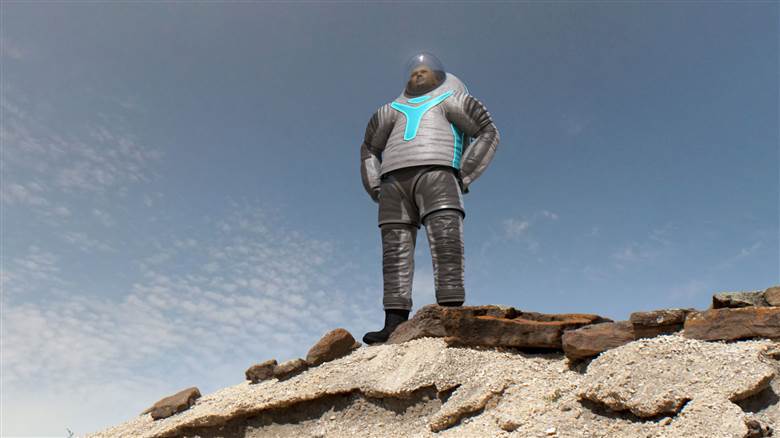NASA seeks help from textile experts to test suits for Mars
16/03/2016

The functions of the space suit layers can be divided into three functional areas: pressure retention (bladder), structural/load carrying (restraint), and environmental hazard protection (the thermal micrometeoroid garment, TMG).
The current TMG is about 1/16 in thickness, contains layers of ortho-fabric (a blend of Gortex, Kevlar and Nomex), aluminized Mylar and neoprene-coated nylon.
Suits are being developed for extra-terrestrial exploration beyond low-earth orbit, which will require expanding environmental hazard protection to encompass planetary environments such as those on the moon, Mars and large asteroids.
A major consideration in these environments is the lack of commonality of the dirt and dust environment and those on Earth. A result of these differences is that there is not a standard assessment technique for determining the wear performance of newly developed environmental protection garment (EPG) designs versus current and past TMG designs.
NASA launched a competition last October to try to address this.
It said: “Results from testing should indicate size and quantity of particles that migrate through the different layers of the EPG and catalog/quantify any degradation of the layers (cuts, abrasion, colour changes, reduction in tear or tensile strength, reduction in thermal insulation).
“The successful technology will require no more than an hour to complete the test and/or run autonomously and noot require specific textile expertise to execute the testing or interpret the results.”
The winners for the Space Suit Textile Testing Challenge have now been announced:
• Evaluating Space Suit Textile Abrasion in Planetary Environments - Ahilan Anantha Krishnan
• Cylindrical Abrasion Method - Himel Barua, Thomas L. Collins, Riniah Foor, Evan Hess, Joey Stavale, Christopher Daniels, Heather Oravec, Janice Mather and M.J. Braun
• Point-of-Failure Based System Using High Velocity Abrasives - John Holler
"The challenges offered the opportunity to think about basic needs of exploration in a new way," said Steve Rader, deputy manager of NASA's Center of Excellence for Collaborative Innovation. "Our journey to Mars will require innovations in design and technology; opening our process up to the public gives us more creative paths to follow."
In April 2014, NASA asked for the public's input in new suit designs. (See WSA July /Aug 2014 for the full story, available as a pdf for £1 in the Technical Library)
Image: One of the designs that the public was asked to vote on.








